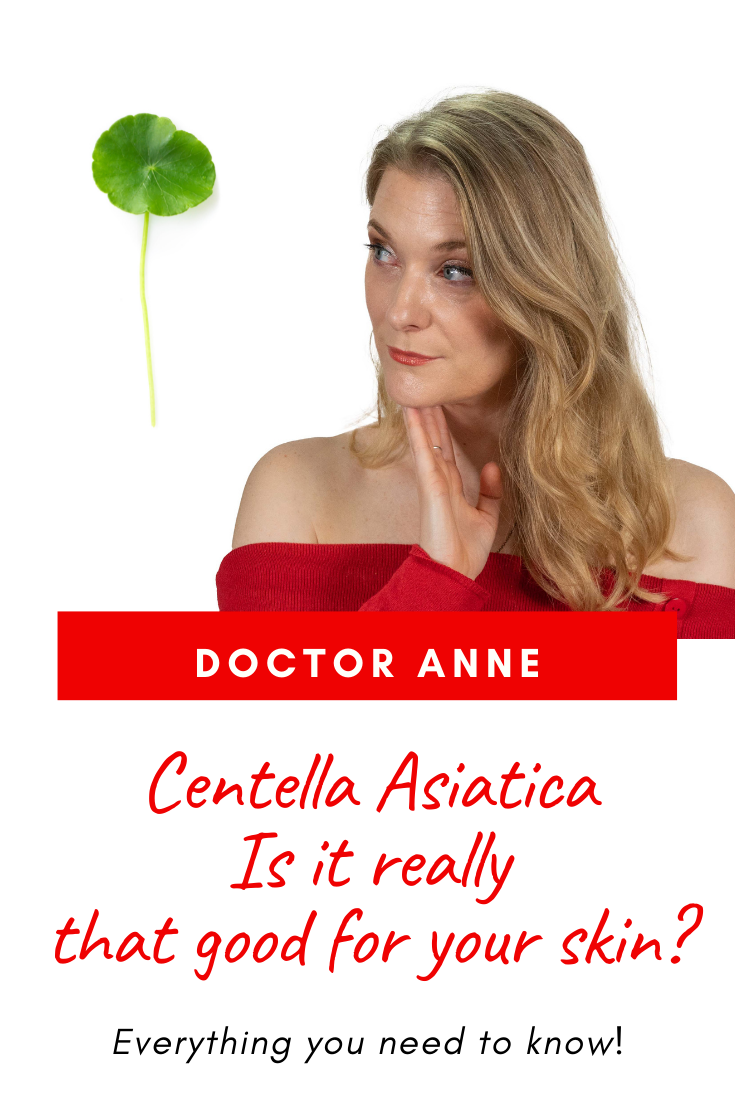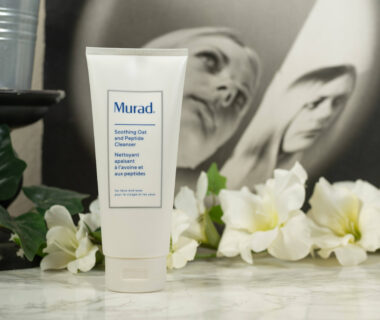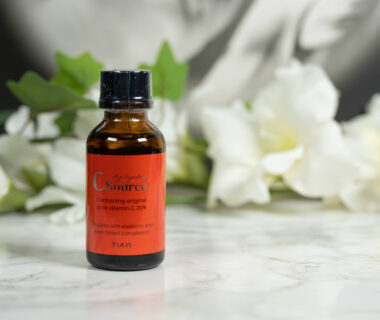ADVERTISEMENT INFO: THIS BLOG POST USES AFFILIATE LINKS AND PR-SAMPLES. I RECEIVED NO MONEY TO WRITE IT. PLEASE READ DISCLAIMER.
You know I love talking about skincare ingredients, and I love it even more if there is a good story to go with them. So, did you know where the name “Tiger Grass” comes from?
You definitely have heard of the ingredient I refer to, Centella Asiatica, which also goes by the name Cica, Gotu Kola or Asiatic Pennywort.

It has been a staple in Korean Beauty for a long time and definitely gained traction with more mainstream brands too due to its attributed benefits, which are soothing, antiinflammatory properties and even scar prevention.
But what of these claims is actually true? And why is Centella Asiatica called Tiger Grass?
Let’s talk!
Why is Centella Asiatica also called Tiger Grass?
Let’s start with the story first – legend has it that the healing properties of Centella were discovered by the observation that tigers, after they had been in a fight and had been wounded, would roll around in this herb to make their scratches heal faster.
I have no idea if there is any truth to that, but it is a cute story and possible, as Centella Asiatica grows in tropical and subtropical places, namely India and China, both places that also have tigers.
It also grows in Madagascar as well as South America, but goes by a different name when found in South America – it is no longer called Centella Asiatica, but Centella Erecta. Different name, same properties.
It is a medicinal herb that has been used in ayurvedic medicine for a long time, for example to treat skin issues like burns or eczema, but also non-dermatological diseases like diabetic complications or chronic venous insufficiency. (More info: Damaged skin barrier as cause for acne and eczema)
I have very little insight in ayurvedic principles, so I will leave it at that basic information.
Traditionally it is more commonly used as beverage or in foods than as a topical.
And as we are already talking names here – did you know why it is also called Cica? That, interestingly enough, comes from the French “cicatriser”, which means “to heal”. (More info: The best foods and supplements for your skin)
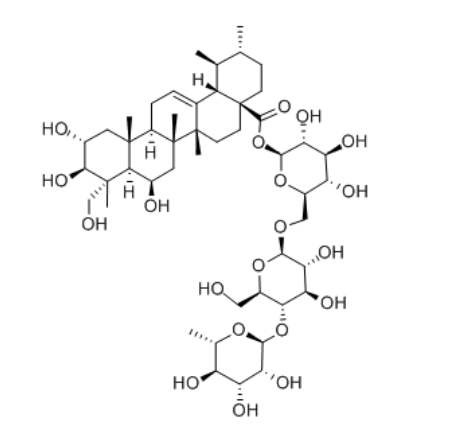
Which parts of Centella Asiatica are potentially beneficial for the skin?
Legends aside, like many other well-known medicinal herbs, Cica has been studied for the different compounds found in the plant, some of which you most likely have seen on different ingredient lists already. (More info: The benefits of colloidal oatmeal for the skin)
There are different amino acids, the Vitamins A, C, B1, B2, Caroten and Niacinamide as well as the so called Centelloids and Tri-Terpenic Acids. (More info: Vitamin C or Niacinamide)
The Centelloids, best known are asiaticoside and madecassoside as well as a bunch of others (centelloside, moside, thankuniside, sceffoleoside, centellose), and the Tri-Terpenic Acids, namely Asiatic acid, Centellic acid, Madecassic acid and Terminolic acid have shown collagen stimulating benefits in the lab – we all know that can’t be transferred one on one to what they do on actual skin, but it is promising. (More info: Limitations of topical skincare)
Apparently they do so by stimulating one of the proteins from the SMAD family, structural proteins that act as receptor for Transforming-Growth-Factor ß (TGF-ß), but that whole pathway system is quite complicated if you ask me.
They are also antioxidants, meaning they catch free radicals and reduce oxidative stress that way and reduce inflammation. These all are things that are very hard to demonstrate in actual skin though, so the things that you will probably notice the quickest and easiest is that they are humectants which, especially when used in conjunction with occlusives, help hydrate and improve the skins barrier function. (More info: What are humectants?)
The problem with the use of Centella Asiatica Extract
Apart from the fact that you can be allergic to absolutely anything – a centella allergy is extremely rare though – the main issue I see is with the use of the extract claiming all the above mentioned benefits.
If you look at how an extract is made, the concentration of the actives included varies greatly both due to the extraction process and due to the concentration that was actually present in the plant beforehand. How much of each component is in a plant will vary depending on how much or how little sun, rain or nutrients this specific plant has gotten during the growth period, something all of you have experienced when eating … let’s say a tomato. Some are rich in flavor, others taste watered down, it all depends on how they did grow.
Tomatoes aside, the quality of the extract will vary, which is why using 95% Centella Extract will not automatically mean you have more of the Centelloids and Tri-Terpenic Acids than you get when using 50% Centella Extract. You just don’t have the means to know.
At the same time adding these Centelloids individually will not automatically guarantee the same effect the extract would have, the whole plant is more than just the sum of its individual components. I still prefer to see things like Madecassoside or Asiatic Acid listed separately on my products rather than just having whatever percentage of Centella Extract without anything else.
This is also the reason why I am hesitant to provide you with a percentage you need to look for to get benefits – I don’t think you really can, but for reference between 2,5 and 5% is what you usually read on the internet.
The good thing about Centella Asiatica is that you can safely pair it with all the other ingredients, and it seems to be especially effective in conjunction with Vitamin C. (More info: How to layer your skincare the right way)
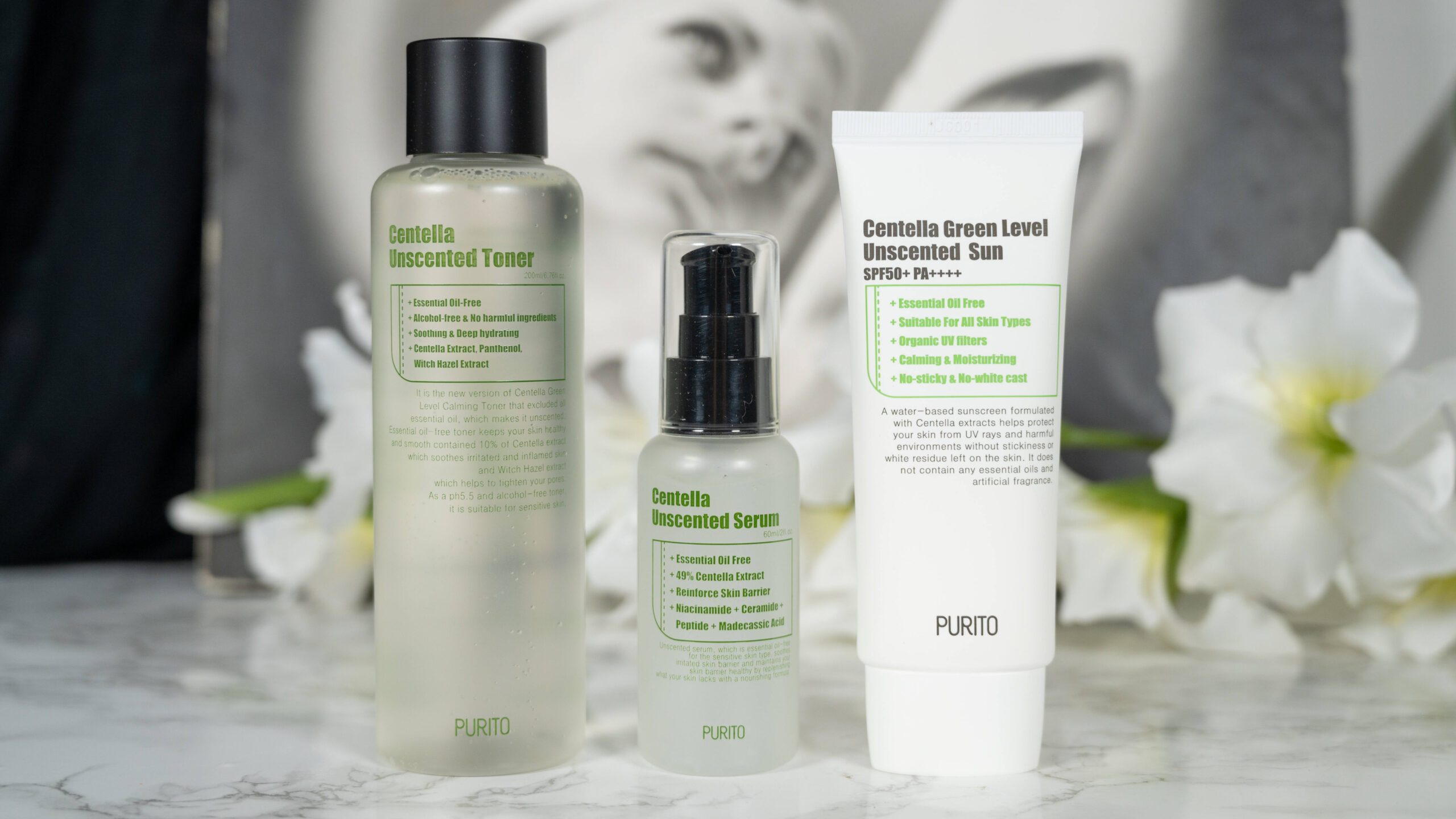
Centella products I recommend
Centella Asiatica Extract is pretty new in my skincare cabinet, I don’t think I ever actively looked for it until last summer, when I discovered the Purito products, namely the Centella Unscented line.
My favorite is the Purito Centella Unscented Toner (full review here), which on top of the Centella Extract has Madecassoside, Asiatic Acid, Asiaticoside and Madecassic Acid added extra. The corresponding serum (full review here) is really nice as well, but did not wow me personally enough to repurchase – the review has a lot of comments of people that adore it though, so it might just be me.
I also worked with the brand SKIN1004 recently on a sponsored video – the brand is pretty successful in Korea and Vietnam and builds their whole line around Centella Asiatica. I especially loved their oil cleanser, but it is important to note that they use Centella Asiatica Extract with no extra single components added. The percentages of Centella Extract are pretty high though, and I truly enjoyed the products I tried. (More info: SKIN 1004)
Final thoughts on Centella Asiatica
Overall Centella Asiatica is one of the plant extracts I am quite excited about – you guys know that I am usually one for the lab-made chemicals, and I still prefer the products that have Centelloids and Tri-Terpenic Acids added individually over those just with just the extract, but with my acne-prone skin and a tendency for postinflammatory erythema and irritation due to my prescription Tretinoin, Centella Aisatica is an ingredient that I am actively starting to look for in my products. (More info: The different kinds of hyperpigmentation and how to treat them)
And if you want to get a vote in the next Ask Doctor Anne Topic, Ingredient Spotlight or product I review, don’t forget you can head over to my Patreon account to get more involved!
